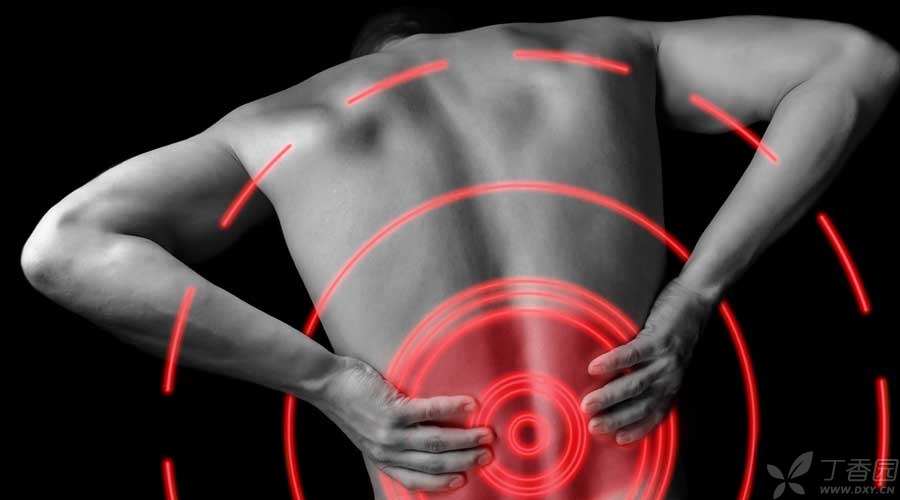
Speaking of lumbago, any adult may have encountered it. When it comes to lumbago, your first reaction is [have you got lumbar disc herniation]?
In fact, TV, newspaper advertisements and even some Internet searches can easily give us the impression that the main cause of lumbago is lumbar disc herniation.
To some extent, [lumbago] and [lumbar disc herniation] are both common. According to research, 100% of people over 50 years old have lumbar disc degeneration. At the same time, almost everyone over 50 years old has had low back pain.
However, this does not mean that lumbago is caused by lumbar disc herniation: studies have confirmed that 36% of asymptomatic [lumbar disc herniation] over 60 years old; However, for patients who have been diagnosed with [lumbar disc herniation], if CT examination is performed again after lumbago disappears, it will be found that disc herniation still exists.
Therefore, lumbago ≠ lumbar disc herniation.
Lumbar disc herniation is indeed common, lumbago is also common, but lumbar disc herniation is not the main cause of lumbago. In fact, the proportion of lumbago patients who meet the diagnostic criteria for lumbar disc herniation is only 3% ~ 8%.
So, is what the cause of most people’s lumbago? How should it be treated, or is there any what method to prevent it?
The wrong posture is the culprit.
Let’s look at the cause of lumbago first.
The most common cause of low back pain in daily life and work is bending over to lift objects, such as workers carrying heavy objects and women carrying laundry basins. In these cases, if you do not pay attention to posture, especially mental workers who seldom have the opportunity to do heavy physical work on weekdays, or housewives who lack exercise, it is easy to cause low back pain.
How does bending over to lift things cause lumbago?
Usually, the most common way for us to pick up heavy objects on the ground is to bend over straight knees, because in doing so, the center of gravity moves up and down the least distance and the human body consumes the least energy.
However, it should be noted that although this posture does less work, it is basically necessary to rely on the muscles of the back of the waist. The burden of the muscles and ligaments of the back of the waist is relatively large, which is easy to cause injuries to the muscles and ligaments of the lumbosacral region. Over time, the relatively weak muscles and ligaments of the back of the waist will cause injuries and pain.
Therefore, the main pathological factor of lumbago is not the lumbar intervertebral disc, but the injury of lumbar back muscles and ligaments.
This is also why we can solve lumbago through conservative treatment and training in most cases:
Muscles and ligaments can be strengthened through training, but there is no way to make lumbar disc herniation [return], and surgery is necessary.
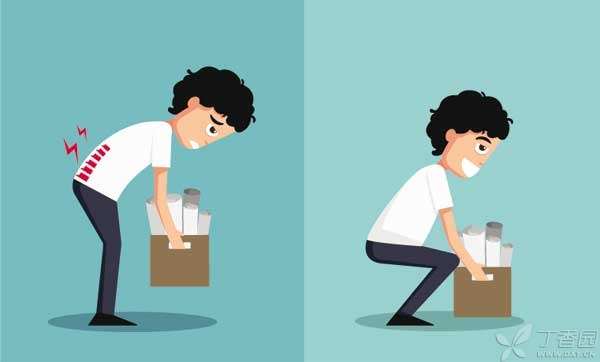
The correct posture of bending over
The simplest and most effective way to avoid injury to lumbar back muscles and ligaments is to adopt the correct posture as much as possible when using lumbar back muscles:
- First, move your body as close as possible to heavy objects, squat down on your legs to lower your center of gravity, keep your back upright, and tighten your waist and abdomen at the same time. When moving heavy objects, attention should be paid to making the knees in a semi-flexion state, making the objects as close to the body as possible, reducing the burden on waist and back muscles and ligaments, and reducing the chance of injury.
Although the overall work done in this way is much more (because the body’s center of gravity moves up and down the distance increases), the main force is the stronger lower limb muscle group, and the lumbar back muscle load is relatively reduced to avoid damage.
Simple actions to relieve lumbago
In addition to maintaining correct posture, strengthening the strength of waist and back muscles is also important to prevent lumbago.
For people who sit for a long time, the waist and back muscles are weak, especially the core muscles of the back are even weaker due to lack of exercise at ordinary times. Maintaining normal posture to reduce load as much as possible and strengthening muscle control can effectively prevent the occurrence of lumbago.
Targeted strengthening of waist and back muscle exercise, such as doing some back extension, left and right waist lateral bending, rotary movements, to make waist muscles developed and strong, ligament strong, not only can prevent and relieve lumbago, but also can improve the stability of the spine.
The following is a brief introduction to several simple and easy-to-operate waist and back muscle training methods:
1. Bridge movement
Take the supine position, bend your knees and put them together on the bed, lift your hips, and place your head and shoulders on the bed surface. The whole person forms an arch bridge shape, hence the name bridge movement.
Do it once a day in the morning and once a day in the evening, each time in 3 groups, 15 in each group, and maintain it for 5 seconds when the buttocks are lifted off the bed surface.
If you can do this, you can lift your shoulders off the bed surface and even lift one leg to increase the difficulty. During the whole movement, your hands can be placed on both sides of your body or on your abdomen.
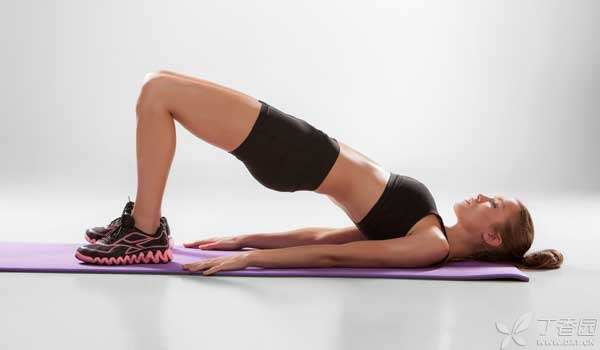
Bridge motion
2. Swallow Movement
Take the prone position with the waist as the fulcrum. Your hands can be placed on both sides, back or head of your body according to your own situation, and your head and feet can be lifted with force at the same time.
Do it once a day in the morning and once a day in the evening, each time in 3 groups, 15 in each group, and maintain it for 5 seconds when lifting.
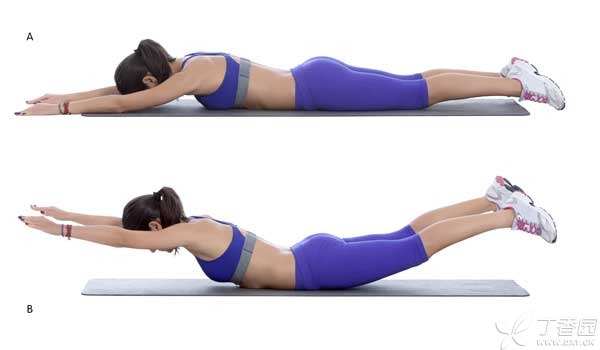
Swallow movement
3. Plate support movement
The human body is prone, with both forearms supported in front of the body, keeping the body straight and trying to maintain the longest support time.
Do it once a day in the morning and once a day in the evening, each time in 3 groups, with intervals of 2-3 minutes for each group.
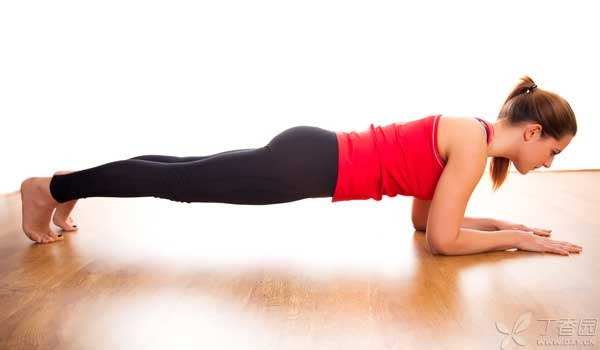
Plate support movement
Note:
-
Don’t hold your breath when doing the above three training methods, maintain normal breathing, and count softly to ensure the stability of breathing.
-
Before all movements begin, take the initiative to tighten the hip muscles before doing the training movements. When your arms are already shaking and you can’t hold on, take the initiative to tighten the hip muscles during the flat support exercise, there will be unexpected surprises!
Correct sitting posture is very important.
In addition, maintaining a correct sitting posture is also an important factor to avoid lumbago.
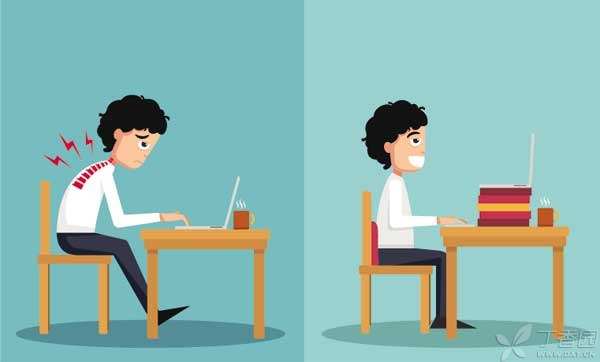
The correct sitting posture should be:
- The standard of seat height is that both feet are placed on the ground to ensure that the knee joint is 90 degrees. The thighs and buttocks are all in contact with the seat to ensure uniform stress. The trunk is upright, and it is best that the waist has a support that conforms to the physiological lordosis of the lumbar spine. The neck is upright and slightly extended back to ensure the neutral position of the head, with both eyes looking up or down at 15 degrees. The shoulders are spread back and relaxed so that the upper arms naturally droop.
This sitting posture is helpful to the health of cervical vertebra and lumbar vertebra.
